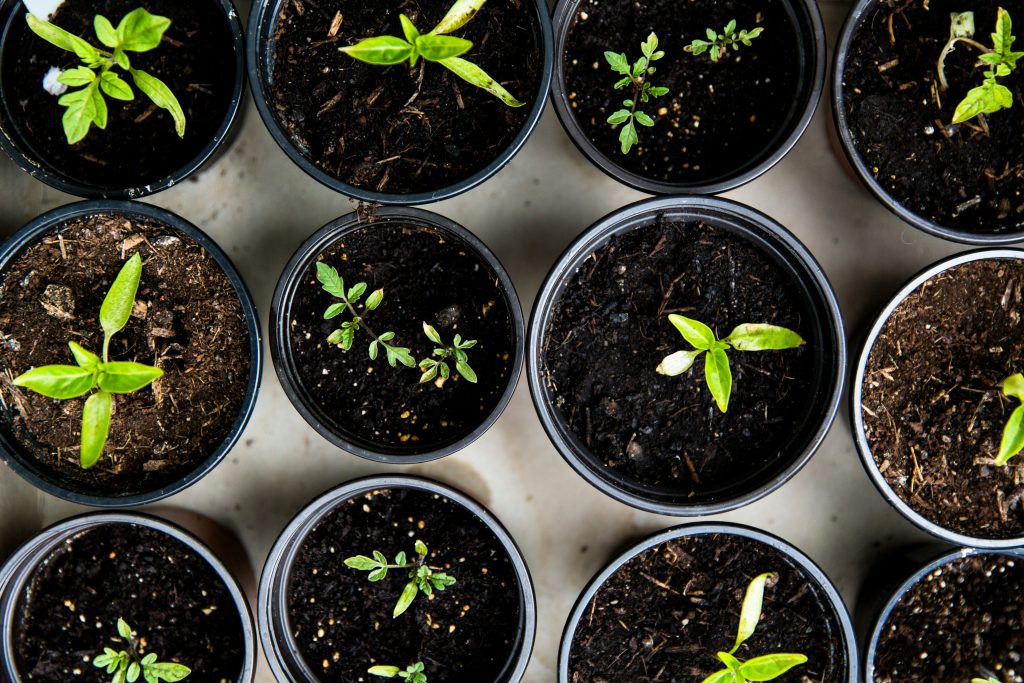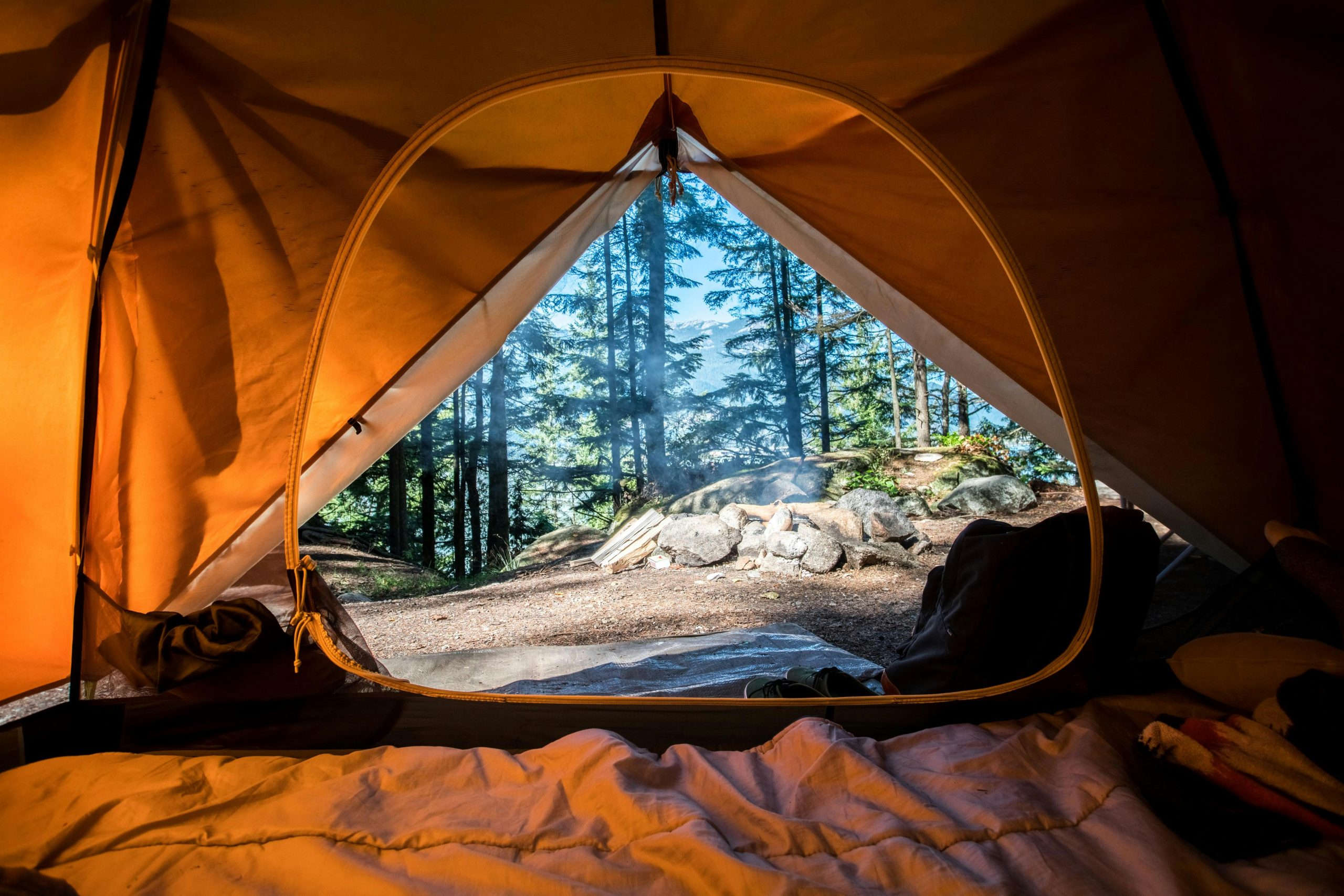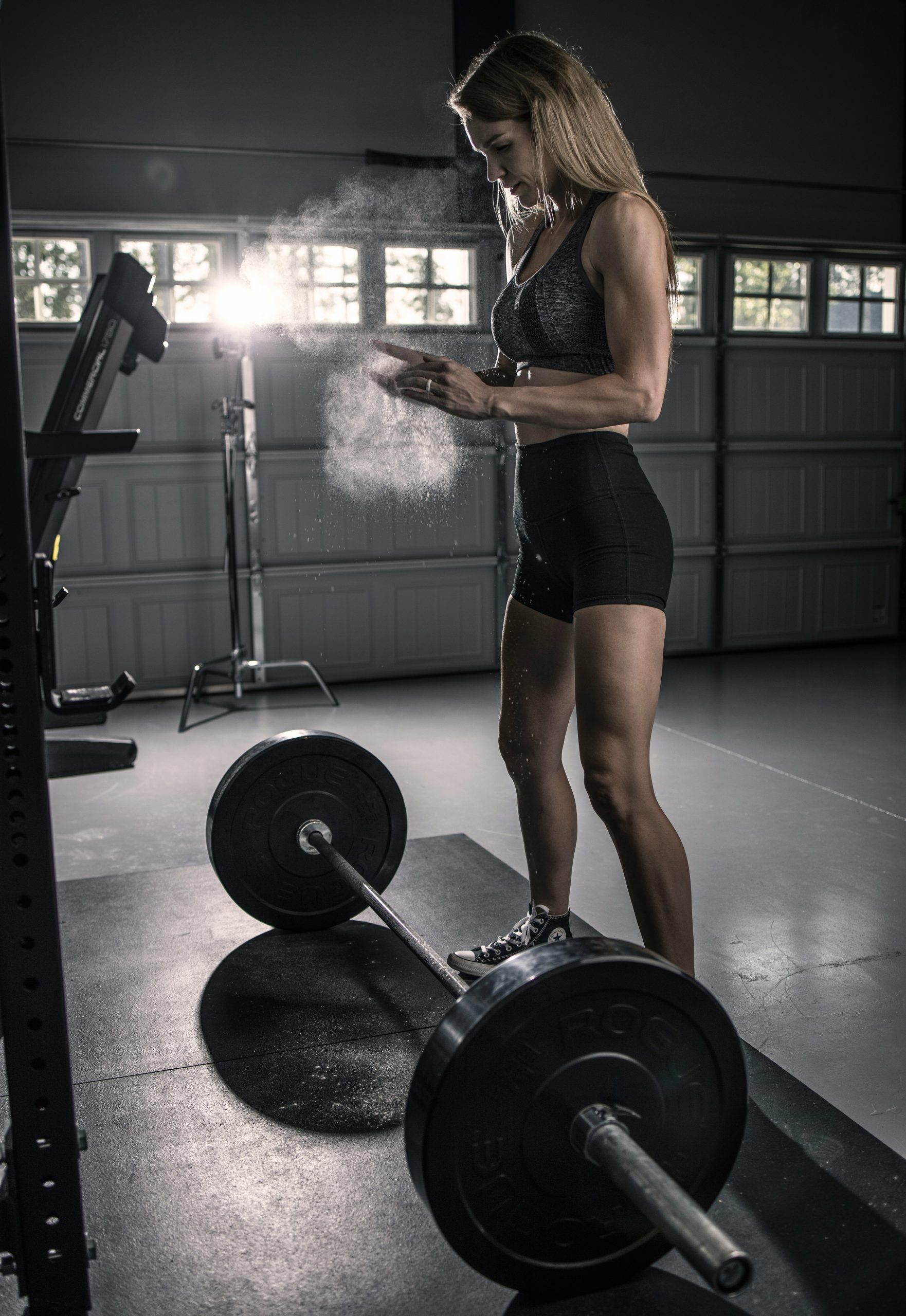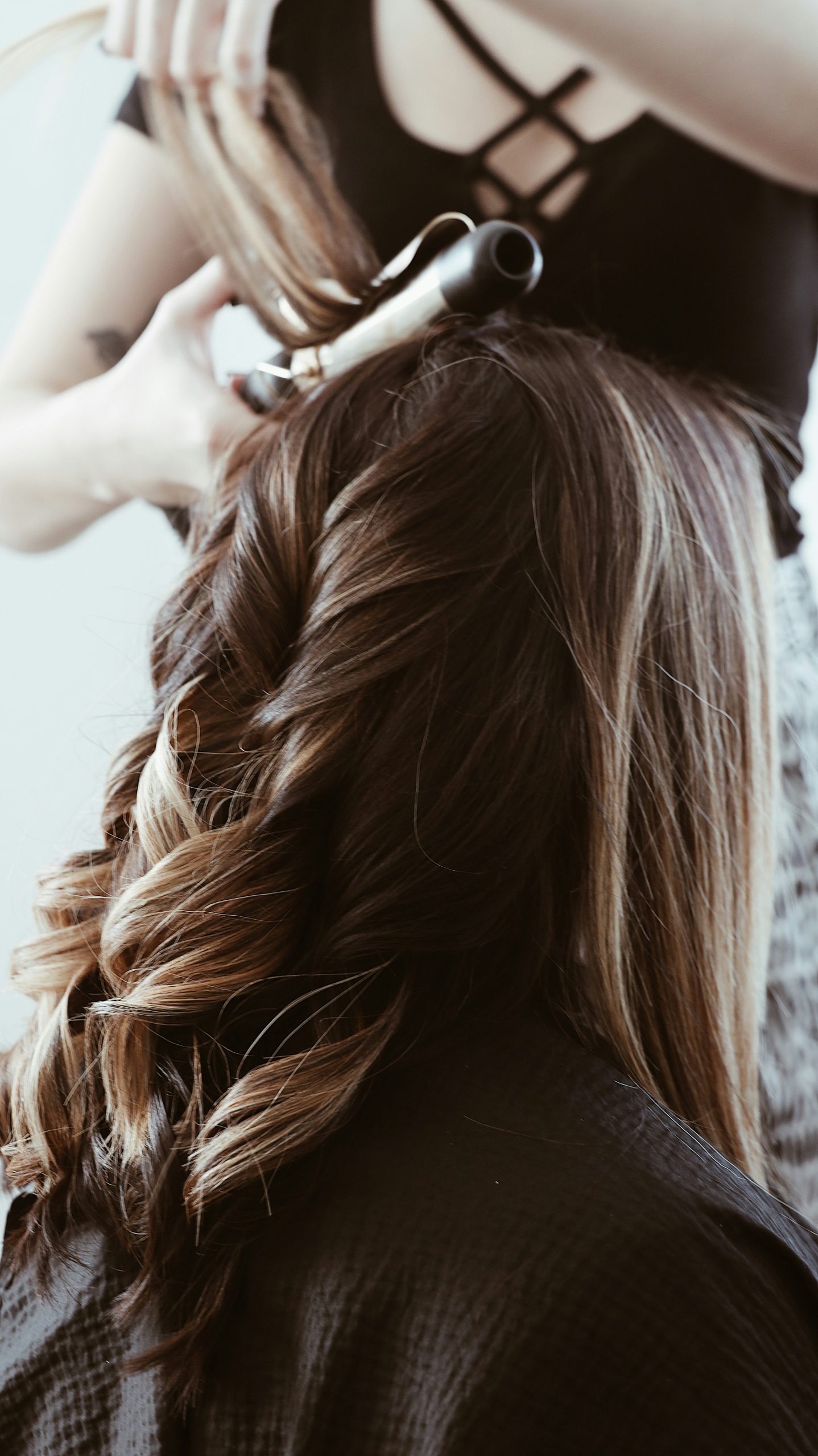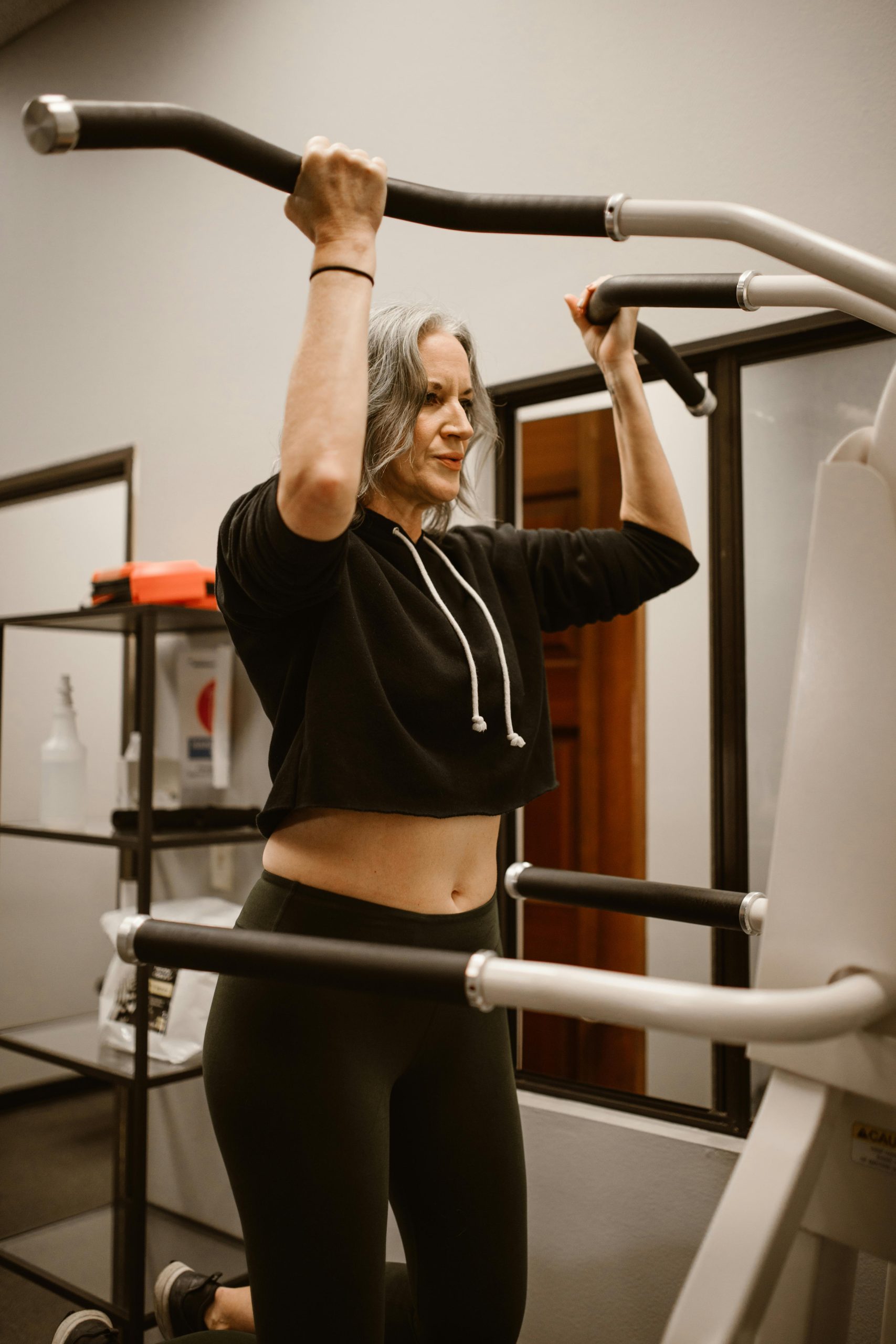Indoor Gardening Tips For Small Apartments
Photo by Markus Spiske on Unsplash
Embracing an indoor garden is a fantastic way to infuse your living or working spaces with greenery and significantly enhances well-being.
This is backed by a 2015 study showing that indoor plants can lessen stress levels.
Therefore, from homeowners to interior designers, the idea of integrating a cozy indoor garden promises to rejuvenate the space.
Moreover, the tips we’ll share in this article aim to prove that limited space doesn’t have to limit your gardening ambitions.
Also, if you have friends and family moving to a new place, you can send potted plants as one of the best housewarming gifts and encourage them to start an indoor garden.
So, let’s begin by finding out what can turn your snug apartment into a green heaven, making you feel at home, all day, every moment.
Know The Suitable Conditions For Indoor Gardening
When you’re planning to start your indoor garden, there are certain important conditions you must consider. Given below are these factors that give you a head-start idea for your indoor garden—
Optimal Temperature & Humidity
Most indoor plants thrive in temperatures between 65-75°F, with a humidity level of 60% or more. However, to comfort all your plants, you must aim for a 50-60% humidity range.
Moreover, if the temperature drops below 65°F or the humidity below 25%, your indoor garden can suffer terribly.
Thus, it’s essential to consider the specific requirements of your plant species for best growth and health.
House Pest Control
Aphids, which feed on branch tips and the underside of leaves, are common pests of houseplants. They cause distorted growth in plants like ivy and hibiscus. Mealybugs can also affect indoor plants’ stems, leaves, and roots.
Insect pests typically harm plants by cutting roots, stems, and leaves, sucking cell sap, and boring into stems and fruit, leading to declining health and yields.
Therefore, it is essential to quarantine affected plants even if you have little space for gardening. Furthermore, keep your indoors clean from garbage and other waste materials to avoid pest infestations.
Let The Light In
To maximize natural light, position your plants in a south-facing window. East-facing windows work best for medium-light plants, while starting seeds require artificial light.
Moreover, medium-light plants flourish in 250 to 1,000-foot candles, with the best growth above 750. Your plants can benefit from direct afternoon sunlight in west-facing windows.
You can also enhance light levels by redirecting sunlight onto your plants by placing reflectors such as sheet metal, painted boards, or aluminum foil-covered cardboard.
Adequate Watering
To ensure plant health, it is crucial to use pots that match the size of the plant, with drainage holes and a saucer for water management.
However, different plants have varying moisture needs. Therefore, understanding your plant’s requirements is essential.
For instance, succulents prefer dry conditions, while tropical plants such as ferns require consistent moisture. Thus, you must monitor the soil’s moisture level and avoid following a strict watering schedule. You can do this by checking a few inches below the surface.
Also, when watering, avoid splashing leaves to prevent infections.
Maintain Soil Fertility
Ensuring your houseplants receive the correct nutrients is essential for maintaining a healthy indoor garden.
Hence, liquid fertilizers and supplementary nutrients can be used to supply the essential nutrients for the healthy growth of your indoor plants.
Additionally, natural minerals like sand, lime, clay, and charcoal can improve soil fertility by supplying important minerals.
You have the option to purchase these minerals individually or combine them to make personalized organic potting soil tailored to your plants’ particular requirements.
These tips can assist you in creating excellent soil for your indoor plants and promoting their healthy growth.
Air Conditioning Issues
Air conditioning is meant to regulate heat and humidity. However, it can harm plants by causing color loss and shrinking.
Therefore, choosing plants that thrive in well-conditioned rooms is essential for maintaining a healthy home environment.
Moreover, understanding the individual needs of your plants allows you to adapt quickly and ensure they thrive.
Using the proper techniques, you can create a comfortable temperature at home while providing a suitable climate for your plants to thrive and purify the air.
What Plants Do You Pick?
Now that you know the basic care rules for your indoor garden, it’s time we start picking the plants. Given below are some of the best varieties of plants that you must add to your home garden—
Peace Lily
Peace lilies are great at reducing mold spores indoors by absorbing them through their leaves. This makes them perfect for damp areas like bathrooms and kitchens.
Moreover, these plants are easy to care for and need minimal light, making them an excellent option for your home and office.
Standing 1 to 4 feet tall, their dark green leaves and white flowers appear strikingly.
Furthermore, peace lilies have been shown to improve air quality by up to 60%. They can remove harmful substances like formaldehyde, benzene, carbon monoxide, cigarette smoke, and other pollutants.
Monstera
Monstera plants are perfect for indoor environments as they adapt well to different temperature and humidity conditions.
Thus, this is a resilient and easy-to-care-for choice if you’re looking forward to a chic indoor garden in your apartment.
Moreover, the monstera plant helps keep the indoor air clean by removing pollutants. It also helps maintain the right humidity levels for better health.
To properly care for your Monstera plant, you must place it in a well-lit area and avoid exposure to direct sunlight. You can also grow them in spacious areas such as balconies and terraces under a shade.
You can grow these plants as they can climb naturally. All you need to do is place them in a totem pole covered in coir or moss for extra support.
Money Plant
Money plants are among the most popular houseplants for their beautiful appearance and symbolize luck and prosperity.
The best part is that they require low maintenance. They require weekly watering after the top inch of soil has dried out.
However, the watering frequency of these plants depends on the size, soil type, temperature, and humidity.
Moreover, you can grow money plants in water in glass bowls and aquariums, with roots submerged and leaves above the water, even though they are not actually aquatic plants.
Snake Plant
Snake plants have medicinal benefits, including removing indoor pollutants like the following:
- Formaldehyde.
- Benzene.
- Xylene.
- Trichloroethylene.
- Toluene.
- Ammonia.
Interestingly, these plants can photosynthesize at night, releasing oxygen, while most do so during the day.
They can eliminate up to 87% of these toxins at night, reducing nitrate ion levels. By releasing oxygen and adding moisture, snake plants help reduce airborne allergens and help you recover from asthma faster.
Jade Plant
Jade plants are widely known for their lucky charm features. This quality got them the name of lucky jade, and most gardening enthusiasts love to keep a pot of jade in their homes.
With proper care, these plants can thrive for up to 70 years. Thus, jade plants often make a perfect generational gift, symbolizing good luck.
Indoor gardeners adore jade plants for their low maintenance and the positive energy they bring into any space. Furthermore, like most indoor plants, they function as exceptional air purifiers.
African Violet
African violets are an ideal option for adding lively beauty to your indoor area. These lovely houseplants can enhance the natural beauty of your home.
African violets can bring a pop of color and freshness to compact living spaces, particularly when paired with minimalist aesthetics.
In addition, these easy-to-care-for plants, belonging to the Gesneriaceae family, are originally from Eastern Africa. With some attention, you can encourage them to bloom several times a year, adding joy and color to your environment.
African violets can enhance the appearance and ambiance of any indoor environment, whether it is your home or workplace.
Spider Plant
Spider plants clean indoor air by absorbing chemicals like formaldehyde, xylene, benzene, and carbon monoxide.
They are native to tropical Africa but are commonly found as houseplants in the US, thriving even with irregular watering.
You can place your spider plant outdoors in the summer, away from direct sunlight. However, you must bring them back inside before temperatures drop.
Due to their stable growth and air-purifying qualities, spider plants are believed to bring good luck and promote good health in Eastern cultures. This makes them popular among plant enthusiasts seeking good fortune.
Aloe Vera
Aloe vera plants are easy to grow. Moreover, due to their unique look, these succulents add to indoor or outdoor gardens in warmer climates. They help you add style to the home.
Additionally, aloe vera is one of the most widely used medicinal plat, filled with a healing gel. This healing gel is often used in skincare and wound treatments. They have anti-inflammatory properties and can aid in detoxifying the body.
Therefore, keeping this first-aid-cum-decorative plant is one of the smartest choices for garden enthusiasts living in a small apartment.
Tips & Tricks To Fit Your Garden
Given below are some great tips that will help you build and maintain a beautiful indoor garden within a small space—
1. Vertical Gardening
Vertical gardening helps you maximize the vertical space in small homes or apartments. You can grow your garden on trellises, using planters with vertical support, or install wall-mounted shelves and hanging planters.
Moreover, you can create a living wall to enhance the look of your home and let your gardening spirits thrive. You can also mount wood, cork, metal, or other materials on it.
This type of space-saving indoor garden can feature air plants, moss, succulents, and other low-maintenance options that thrive in indirect sunlight.
Choose plants that vines, such as cucumbers, tomatoes, squash, pole beans, climbing flowers, peas, and Malabar spinach, to grow on trellises.
This method adds a decorative touch and allows the growing of various plants without wasting valuable floor space.
2. Corner Planters
No matter how small your living space, there is always room for an indoor garden in a corner. With the proper knowledge, you can easily pot your favorite plants indoors.
Square or rectangular planters work best for corner gardens, but square shapes are more space-saving. To create a stunning indoor garden, consider starting with a Cuba Low Corner Planter, perfect for small trees or tropical plants.
These lightweight fiberglass planters can fit into any corner of your home, from the living room to the rooftop.
Corner planters are designed to maximize space and can hold multiple plants in a small footprint, perfect for adding greenery without taking up much space.
3. Use a Trellis
A trellis is not just for outdoor use, as small spaces can also benefit from an indoor garden design with plants above.
Installing a trellis on a wall allows tropical plants to tower above, creating a luxurious feel in a small apartment or room. Therefore, choose a trellis shape that suits your style, like straight lines, rings, or a ladder shape.
Climbing plants and vines work best for this setup. As long as they receive enough natural light, they need minimal maintenance. Plant lovers will surely be impressed by this unique indoor garden idea!
4. Use A Container
Similar to vertical gardening, starting with a container or pot is key. Potted plants can fit into various spaces, from windowsills to plant stands or the floor. However, you must check your plants’ growing requirements. This helps you ensure they get the right amount of water and sunlight.
Vegetables and herbs may need partial or full sun. Think creatively, like using a wooden pallet or hanging baskets with trailing indoor plants for a container garden.
Moreover, larger plants, such as citrus trees, can thrive in containers but remember that they can be heavy and difficult to move. These plants ideally require 10+ hours of daily sunlight in a south-facing window.
5. Countertop Gardening
If your small apartment lacks natural light, you can use grow lights for herbs, microgreens, and veggies.
Adjust the distance between the plants and the light to prevent them from becoming thin and leggy. Therefore, you can install a grow light under kitchen cabinets for an easy countertop garden with plants like lettuce, cilantro, basil, and strawberries.
Alternatively, you can consider premade options like Aerogarden’s Family Harvest indoor garden, which is cost-effective and enjoyable for the whole family.
It is a convenient solution for those who don’t want to find the right containers and grow lights.
The Last Note
Grow a garden in a small space by starting with radishes, snake plants, or basil. Avoid overwhelm by starting small and gradually expanding. Find inspiration in these gardening ideas for your small space.
Moreover, with creativity and strategic planning, you can maximize indoor gardening in small spaces. Transform your apartment or condominium into a lush haven by selecting plants, utilizing vertical space, and using clever storage solutions.
Embrace the joys of gardening in limited space and let plants enhance your urban living experience!
